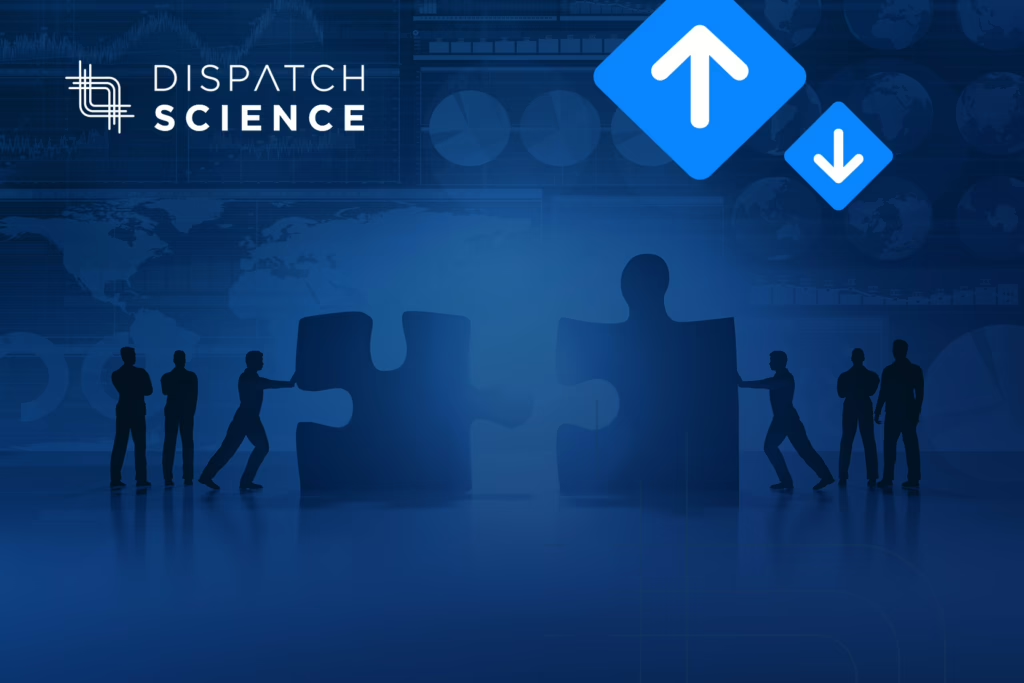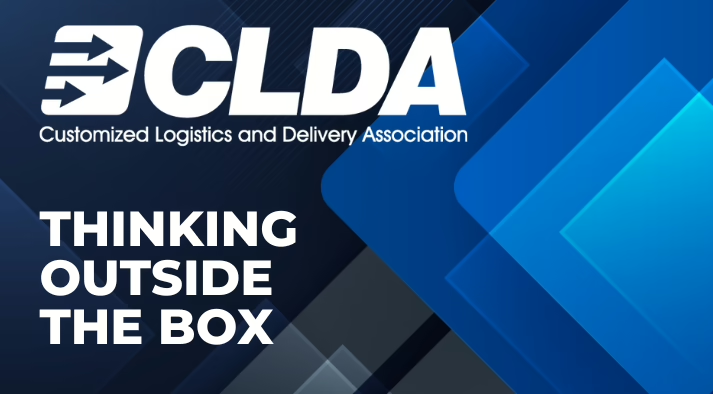By Arthur Axelrad, CEO & Co-Founder, Dispatch Science
When logistics and delivery companies start software implementation projects—whether it’s upgrading their TMS, adding new tools, or moving from old systems—the big questions are always: how long will this take and how much will it cost? Everyone wants to see the benefits quickly, but the bigger the prize, the more effort it takes. To get a precise date and fixed cost, you need a lot of planning. This is known as the Waterfall approach, where you plan every detail before you start. Makes sense, right? Who wouldn’t want a solid plan?
That’s why many companies naturally go for the Waterfall approach, looking for the comfort of fixed scope, strict budgets, and set timelines. But that certainty is just an illusion. Waterfall projects often involve too much planning, expensive change orders, delayed ROI, and problems with user adoption.
Honestly, that’s so outdated. There’s a better way: Agile. Agile helps businesses get not just what they thought they wanted, but what they really need—faster, more efficiently, and with lower overall costs.
There is however a catch… Agile requires trust, a bigger leap of faith? Success in any partnership requires collaboration, transparency and mutual trust. Read on, and I’ll explain why Agile beats old school, particularly in the fast-moving, need it now world of same day logistics.
The Waterfall Trap: Where Plans Go to Die
Traditional Waterfall projects begin with extensive upfront planning: weeks and months of discovery, documentation, whiteboarding, estimating, and scope definition—before any software is implemented. After all, no one can reasonably be expected to commit to specific delivery dates or budgets without an agreed upon specification. This thorough process leads to two major issues:
- It positions SaaS vendors and customers on opposite sides of the table. We negotiate scope, budgets, and deadlines, trying to lock down all details before starting. This can create friction instead of collaboration.
- It assumes that business needs will remain unchanged. However, they often do change. By the time a project nears completion, the original requirements may no longer align with reality, resulting in costly rework.
Additionally, any subsequent deviation from the plan will result in a change order, which is nearly inevitable, customers end up paying for extra costs just to oversee the scope management and administration. Add another 20-30% in contingency padding, and businesses are spending significant amounts just to navigate an inflexible process.
The Agile Advantage: Prioritizing Business Value Over Bureaucracy
Agile flips the script. Instead of rigid upfront planning, it focuses on:
- Delivering value incrementally rolling out functional features early and often.
- Staying aligned with business needs and adapting as new challenges come up.
- Lowering costs, cutting out extra padding, and reducing wasteful project management overhead.
How Agile Works in a Logistics Implementation
Rather than planning everything at once, we break projects into milestones, each delivering business value. For example, instead of waiting for the full system to be ready, we might first roll out order entry so teams can start using it while the rest is being configured and deployed.
This means:
- Faster ROI: Key functions go live early, so businesses start benefiting months sooner.
- Stronger user adoption: Employees get hands-on experience with the evolving system, making training easier and reducing resistance to change.
- Lower risk: Real-world feedback ensures the final system meets actual business needs, not outdated assumptions.
To keep things transparent and accountable, we use Monday.com for project tracking. This keeps everyone informed, ensures priorities are clear, and cuts down on wasteful admin overhead.
Waterfall vs. Agile: A Side-by-Side Comparison
Here’s a look at how the two approaches stack up:
As the table shows, Agile delivers real business value faster, with fewer hidden costs, and with greater flexibility to meet evolving needs.
| Methodology | Waterfall Approach | Agile Approach |
| Planning | Extensive upfront planning | Incremental planning and adaptation |
| Value Delivery | Delayed, after full system deployment | Early and frequent delivery of functional features |
| Alignment with Business Needs | Assumes needs remain unchanged throughout the project | Adapts to emerging challenges and changing needs |
| Costs | Higher costs due to contingency padding and change orders | Lower costs by reducing wasteful overhead |
| ROI | Delayed, benefits realized after full system deployment | Faster ROI, key functions go live early |
| User Adoption | Potential resistance due to lack of hands-on experience | Stronger adoption through hands-on experience and training |
| Risk | Higher risk due to outdated assumptions | Lower risk with real-world feedback |
| Project Tracking | Traditional methods, potentially less transparent. More focused on reporting alone | Uses tools like Monday.com for interactive, realtime collaboration |
But What About Certainty? Addressing Agile’s Biggest Objection
A lot of enterprise buyers worry that Agile means uncertainty—that without fixed scope and deadlines, projects might drag on forever. But that’s not how we do Agile.
The Reality: Agile Provides More Predictability, Not Less
- Instead of delivering everything at once, we roll out milestone-based functionality with clear success criteria.
- We keep things transparent with real-time project tracking, so progress is always visible.
- Budget isn’t wasted on extra padding or change order negotiations—it’s spent on real, usable functionality.
The result? Businesses get what they need, when they need it—without delays, wasted spend, or unnecessary complexity.
Final Thoughts: Trust the Experts, Focus on the Outcome
After 25 years of implementing ERP and TMS software—from quick, month-long rollouts to epic, multi-year, multi-million-dollar projects—I’ve witnessed the pitfalls of Waterfall and the transformative power of Agile firsthand.
With an experienced provider like Dispatch Science, the smartest move isn’t to demand locked-down scope and fixed dates. Instead, trust the experts to collaborate with you and bring your vision to life in the most efficient, impactful way possible.
Check out our real-world case studies on how we have used Agile to transform logistics implementations for our clients.
Let’s talk about how we can help you implement smarter, faster, and with lower risk.




